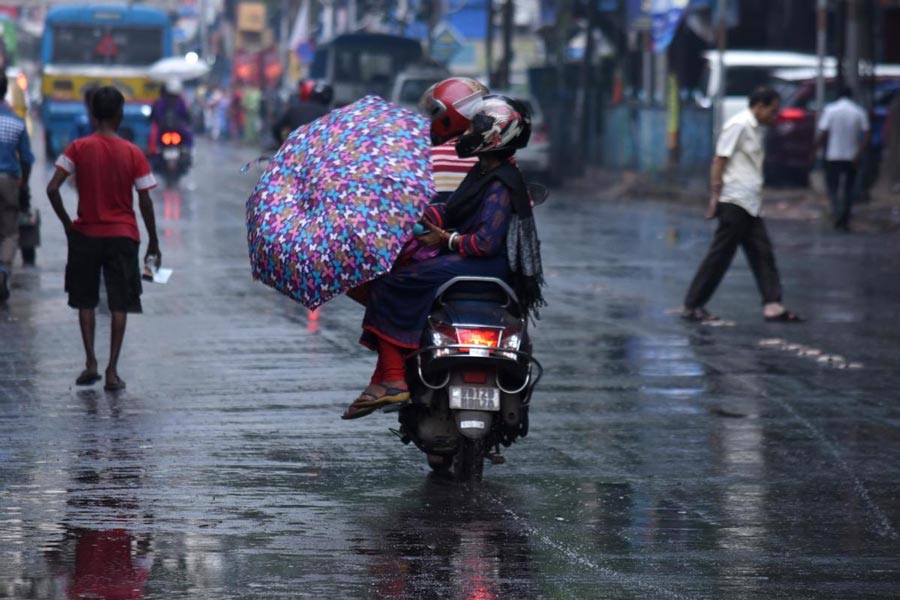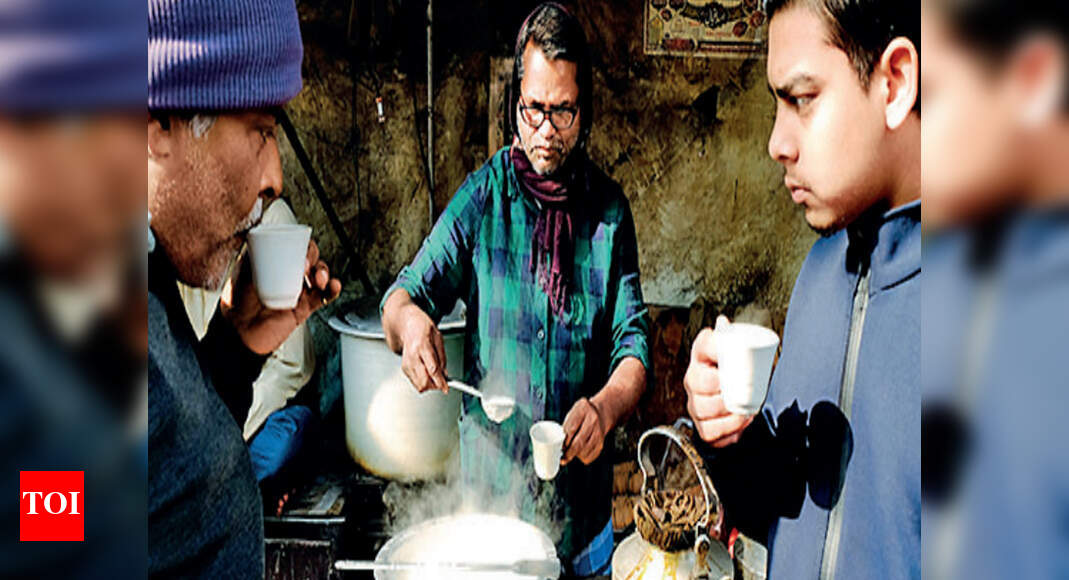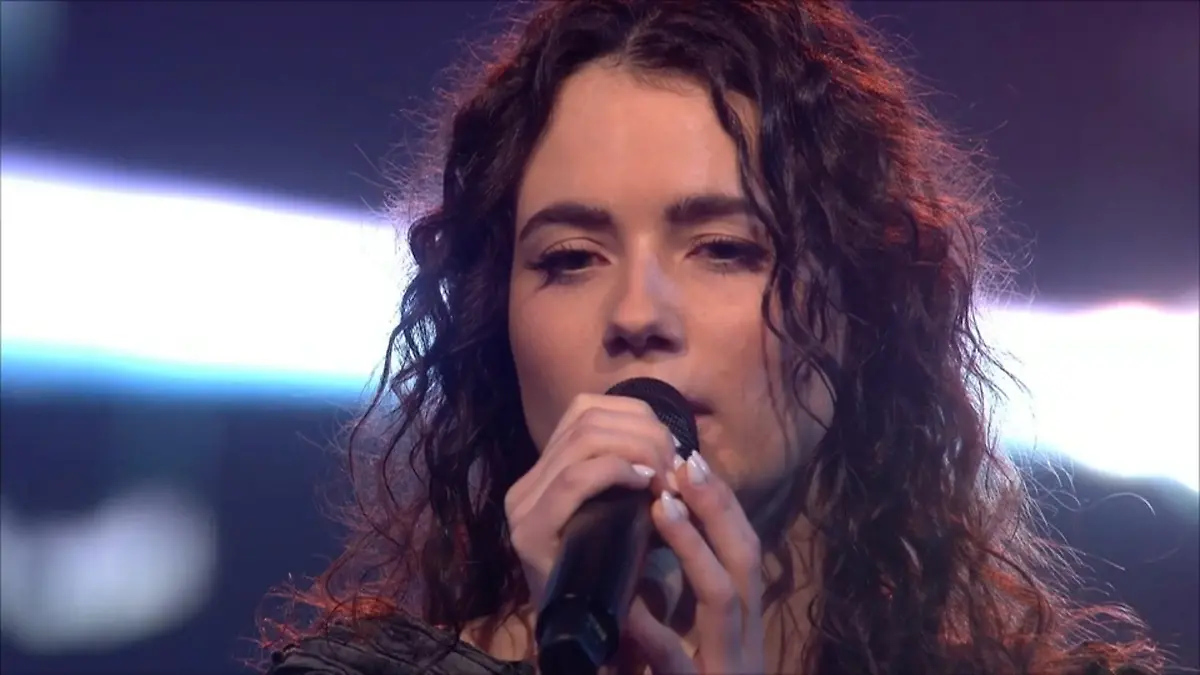South Bengal Temperature Surge: Near 38°C On Holi Festival

Table of Contents
Record-Breaking Temperatures in South Bengal
South Bengal experienced unusually high temperatures across its districts this Holi. The intensity of this South Bengal temperature surge was unprecedented for this time of year. Kolkata, typically bustling with Holi celebrations, reached a scorching 37.5°C. Bankura saw even higher temperatures, peaking at 38.2°C. Midnapore also recorded significantly high temperatures, reaching 37°C. These figures, obtained from the India Meteorological Department (IMD), represent a substantial deviation from the historical averages for this period. Typically, South Bengal experiences pleasant temperatures around 30-32°C during Holi. This year's heatwave represents a clear anomaly.
- Kolkata: 37.5°C
- Bankura: 38.2°C
- Midnapore: 37°C
- Other Districts: Numerous other districts reported temperatures exceeding 35°C.
The IMD attributed these extreme temperatures to a confluence of meteorological factors, further fueling concerns about the increasing frequency and intensity of heatwaves in the region.
Causes of the South Bengal Heatwave
The intense heatwave experienced in South Bengal wasn't a random event; it was the result of a complex interplay of meteorological factors, exacerbated by the ongoing effects of climate change. The lack of significant rainfall in the weeks leading up to Holi contributed to drier conditions, making the region more susceptible to heat buildup. Additionally, strong, dry winds from the west intensified the heat.
- High-pressure systems: A persistent high-pressure system over the region prevented the formation of clouds and trapped warm air near the surface, leading to a sustained rise in temperatures.
- Western Disturbances: The absence of significant Western Disturbances, which usually bring cooler temperatures and rainfall, further contributed to the prolonged heatwave.
- Climate Change: The most significant long-term factor driving the increased frequency and intensity of such extreme weather events is climate change. The gradual warming of the planet is creating more frequent and severe heatwaves globally, and South Bengal is unfortunately not immune.
Impact of the Heatwave on Holi Celebrations and Public Health
The extreme heat significantly impacted Holi celebrations and posed considerable health risks. Many traditional outdoor Holi festivities were curtailed due to the intense heat. People chose to stay indoors to avoid the scorching sun and minimize exposure to the dangerously high temperatures. This South Bengal temperature surge had a direct effect on public health, leading to an increased risk of heatstroke, dehydration, and other heat-related illnesses.
- Reduced outdoor participation: Many people chose to celebrate Holi indoors or opted for shorter, less strenuous celebrations.
- Increased risk of heatstroke and dehydration: Hospitals reported a rise in cases of heatstroke and dehydration, particularly among elderly people and young children.
- Strain on healthcare facilities: The surge in heat-related illnesses put a strain on healthcare resources in affected districts.
- Impact on agricultural activities: The prolonged heat also negatively affected agricultural activities, potentially leading to crop damage.
Safety Precautions During Extreme Heat
Protecting yourself during a heatwave is paramount. Here's how:
- Hydration is key: Drink plenty of water, even before you feel thirsty. Avoid sugary drinks.
- Dress appropriately: Wear light-colored, loose-fitting clothing to reflect sunlight and allow for better air circulation.
- Limit sun exposure: Avoid being outdoors during the hottest part of the day (typically between 11 am and 4 pm).
- Seek shade: If you must be outdoors, seek shade whenever possible.
- Monitor yourself and others: Be aware of heatstroke symptoms (high body temperature, dizziness, confusion, rapid pulse) and seek immediate medical attention if they occur.
Conclusion
The unprecedented South Bengal temperature surge during Holi serves as a stark reminder of the escalating impact of climate change and the urgent need for preparedness. The near 38°C heat posed significant health risks and disrupted daily life. Staying informed about weather forecasts and adopting appropriate safety measures are crucial for safeguarding your well-being during future heatwaves. Understanding the risks associated with a South Bengal temperature surge is crucial for mitigating its effects. Learn more about heatwave safety and preparedness from your local weather authorities and health organizations. Protect yourself and your loved ones.

Featured Posts
-
 Shopify Developers Revenue Share Changes With Lifetime Program
May 04, 2025
Shopify Developers Revenue Share Changes With Lifetime Program
May 04, 2025 -
 Kolkata Temperature Forecast 30 C Expected In March
May 04, 2025
Kolkata Temperature Forecast 30 C Expected In March
May 04, 2025 -
 Oilers Vs Canadiens Morning Coffee Predictions And Analysis
May 04, 2025
Oilers Vs Canadiens Morning Coffee Predictions And Analysis
May 04, 2025 -
 Ufc 314 Main Event Odds Volkanovski Vs Lopes Betting Preview
May 04, 2025
Ufc 314 Main Event Odds Volkanovski Vs Lopes Betting Preview
May 04, 2025 -
 Nigel Farage Under Fire For Controversial Zelenskyy Comments
May 04, 2025
Nigel Farage Under Fire For Controversial Zelenskyy Comments
May 04, 2025
Latest Posts
-
 Eurovision 2025 Deutschland Im Fokus Wer Wird Ausgewaehlt
May 04, 2025
Eurovision 2025 Deutschland Im Fokus Wer Wird Ausgewaehlt
May 04, 2025 -
 Zuschauerzahlen Esc 2025 Vorentscheid 1 Die Zahlen
May 04, 2025
Zuschauerzahlen Esc 2025 Vorentscheid 1 Die Zahlen
May 04, 2025 -
 Germanys Eurovision 2025 Entry The Search Begins
May 04, 2025
Germanys Eurovision 2025 Entry The Search Begins
May 04, 2025 -
 Eurovision 2025 Deutschlands Kandidat Alles Was Wir Wissen
May 04, 2025
Eurovision 2025 Deutschlands Kandidat Alles Was Wir Wissen
May 04, 2025 -
 Der Deutsche Vorentscheid Fuer Den Eurovision Song Contest 2025
May 04, 2025
Der Deutsche Vorentscheid Fuer Den Eurovision Song Contest 2025
May 04, 2025
